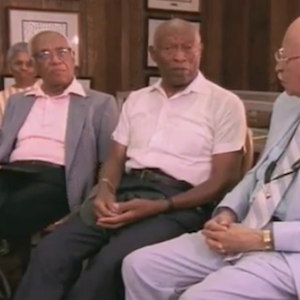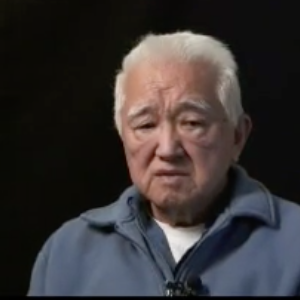Children

Beatles Petition and Response
In April 1964, the U.S. Labor Department announced new rules for foreign entertainers. Applying through Immigration and Naturalization Service (INS), entertainers with unique talent would be allowed to enter.

Children and Daguerreotypes
Daguerreotypes were the first commercially viable photographic process. Developed by French chemist Louis Daguerre in 1839, the technique quickly made its way to the US in the 1840s, the beginning of what some historians characterize as the "golden age" of childhood.

Delaware School Alumni Interviews
In 1954, the Supreme Court declared the "separate but equal" doctrine unconstitutional in Brown vs. the Board of Education of Topeka. Years earlier, however, Pierre S. du Pont, President of E.I. du Pont de Nemours & Co.

History of Howard High School, Wilmington, Delaware
The only high school for African Americans in Delaware, Howard High School's original small, five-room building, was built shortly after the Civil War. In the early 1870s, Edwina B. Kruse became the first African American principal of the school.

Howard High School Alumni Interviews, Wilmington, Delaware
Howard High School, the only free high school for African Americans in Delaware until the 1950s, was built shortly after the Civil War. In this clip, interviewees describe the obstacles former students faced, such as traveling long distances each day on foot or by milk train.

Carlisle Indian School Students
The photograph shows buildings and students of the Carlisle Indian Industrial School around 1900. Attended by over 12,000 Native American children from more than 140 tribes between 1879 and 1918, the school was the model for nearly 150 Indian schools. Its founder was U.S.

Japanese American Incarceration at Amache, Colorado, Interview
(Yoshimitsu) Bob Fuchigami is a Nisei (2nd generation) Japanese American, born in 1930 in Marysville, California. His family operated a farm prior to World War II.

Japanese American Incarceration at Manzanar, California, Interview
Aiko Herzig-Yoshinaga is a Nisei (second generation) Japanese American born in 1925 in Los Angeles. She was incarcerated at Manzanar, California, and later Jerome and Rohwer, Arkansas.

My Weekly Reader
First launched in 1928, My Weekly Reader sought to make the national news accessible to elementary school children. By the early 1970s grade-specific versions were available for students from preschool to the sixth grade.

Jumping Rope
Lydia Maria Child included this selection on how to jump rope in The Girls Own Book, a book published in 1833. Why did girls in early 19th-century America need instructions on how to jump rope? Why did Child's feel the need to caution girls?